Having attacked James Cagney in a previous post, but seen few of his films, I thought I owed it to him to watch one of his hits. I found The Public Enemy on a streaming site and rec list (thanks, John!) and was instantly sucked into this understated gem.
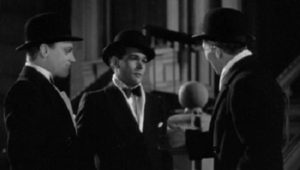
The hyperbolic title of the film suggests it will glamorize crime, much like films of my generation. (It’s disturbing when I scan through the films produced not long before my birth–Bonnie and Clyde, the Godfather series—and those popular during my childhood and early adulthood— Pulp Fiction, Goodfellas, Natural Born Killers—and find it hard to remember many that didn’t glamorize crime.) The Public Enemy does not glorify crime, despite some contemporary detractors’ claims. Neither, in spite of the PSA-style opening and closing of the film, does it truly condemn it. Instead, in The Wire-like fashion, the film simply shows you the life the main character leads, and lets you decide for yourself whether that life is worth emulating.
Tom Powers (James Cagney), the film’s antihero, is a small-time thug, not the leader of the underworld. Even in the glamorous gangster films of today, the small-timers don’t fare well. Tom may be a public enemy, but he’s hardly deserving of a “the.” It’s rare and satisfying to see a film highlight such a character, to show his humble beginnings without a big rise. The plot gives us enough of Depression-era Chicago to explain why crime might have attracted Tom and his buddy Matt (Edward Woods), who move from watch thefts to beer heists. The naturalistic tone of the film is likely due to its Oscar-nominated screenwriters, Kubec Glasmon and John Bright, whose story was supposedly based on real criminals’ accounts.
Of course, I must admit that the laughter the movie’s famous misogynistic scene produced (spoiler here) and Cagney’s star status as a result of it might have undercut the serious tone of the film, and explain some audience’s admiration for a character as pathetic as Tom. This is, after all, a guy who takes pride in intimidating others as a small-time mobster, and extends that bullying to his romantic relationships with Kitty (Mae Clark) and Gwen (Jean Harlow in an uncharacteristically tone-deaf performance).
But Cagney is such a compelling presence that you can’t help but admire Tom just a little. His fiercely controlled energy and easygoing, natural style in spite of (or because of) his outsized personality make Cagney riveting to watch, much like Goodfellas standout Joe Pesci. Tom’s a terrible person, but thanks to Cagney, he’s an entertaining terrible person.
Even before Cagney shows up on the screen, the kids playing the young versions of him (Frank Coghlan Jr.) and his friend Matt (Frankie Darro) hooked me with their toughness and swagger, bravado that is hopelessly poignant in clothes like these:
Young Matt has a rather exaggerated way of swiping his arm across his nose, which Woods (as adult Matt) adopts to show viewers that the men we’re seeing in 1915, six years after the film’s start, are the same people we’ve been watching.
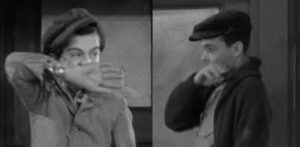
This simple transition is followed by a silent scene in which the adult hoodlums affirm with a guy at the bar that the boss is available through small movements.
The plot is fairly simple too—about friendship and betrayal, allies and enemies, as most mob stories are. But because the narrative is so minimalistic, the revenge is more difficult to watch, and more personal when it comes. We know the characters who end well—and those who don’t. Tom’s coldness is difficult to witness, especially when Matt, who is comparatively softhearted, can’t bring himself to stop his friend’s violence. I won’t spoil what happens, instead hoping you’ll give the film a try. If my review hasn’t convinced you, perhaps the framing of this shot will:
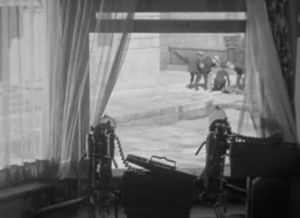
*Not to be confused with the Johnny Depp vehicle, which was generous with glamour but frugal with character development.
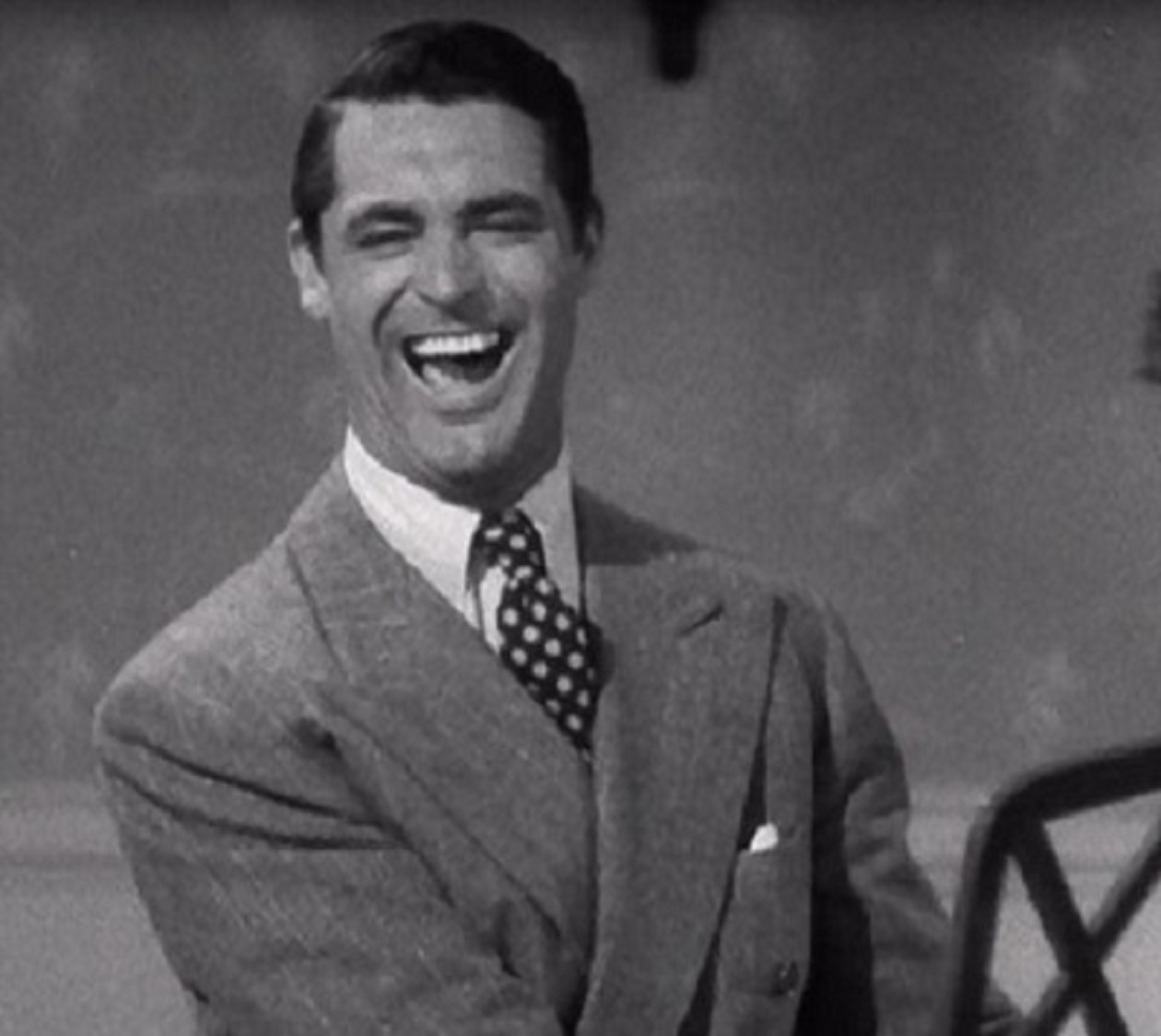
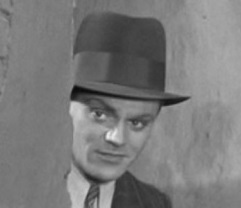
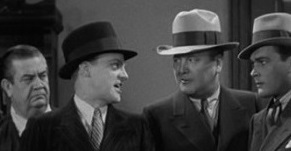
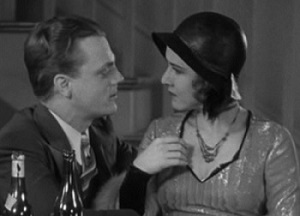
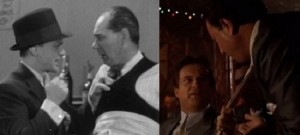
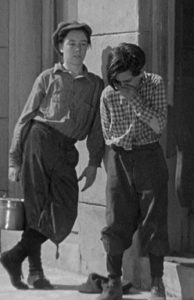
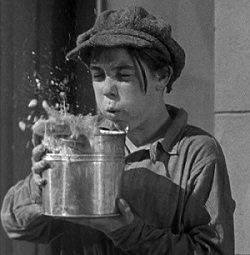
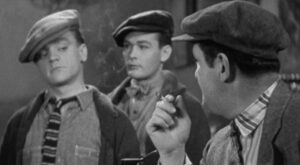
Could you believe Woods was originally cast as Tom Powers? Thank God warners made both actors switch roles 🙂 . This film definitely burst Cagney into the spotlight. His acting was a little rough in this one but his dynamic personality is definitely showcased in this gem.
When you finally see Angels With Dirty Faces, you will see Cagney at his best, a fine and polished actor.
I know! That would have been a horrible choice. We probably would never have heard of it if the roles had been reversed.
James cagney was the first movie star I fell in love with and it was chiefly because of this film (and The Strawberry Blonde). His charisma is undeniable. As for Harlow – boy did she stink in this film (I love her and am so glad she found her stride quickly). It is hard not to stare at her, though, isn’t it?
It really is hard to believe they ever considered him for the supporting part instead, isn’t it? He’s electrifying in it. And yes, a terrible performance on Harlow’s part, but she looks amazing in it. Thanks for reading! Leah